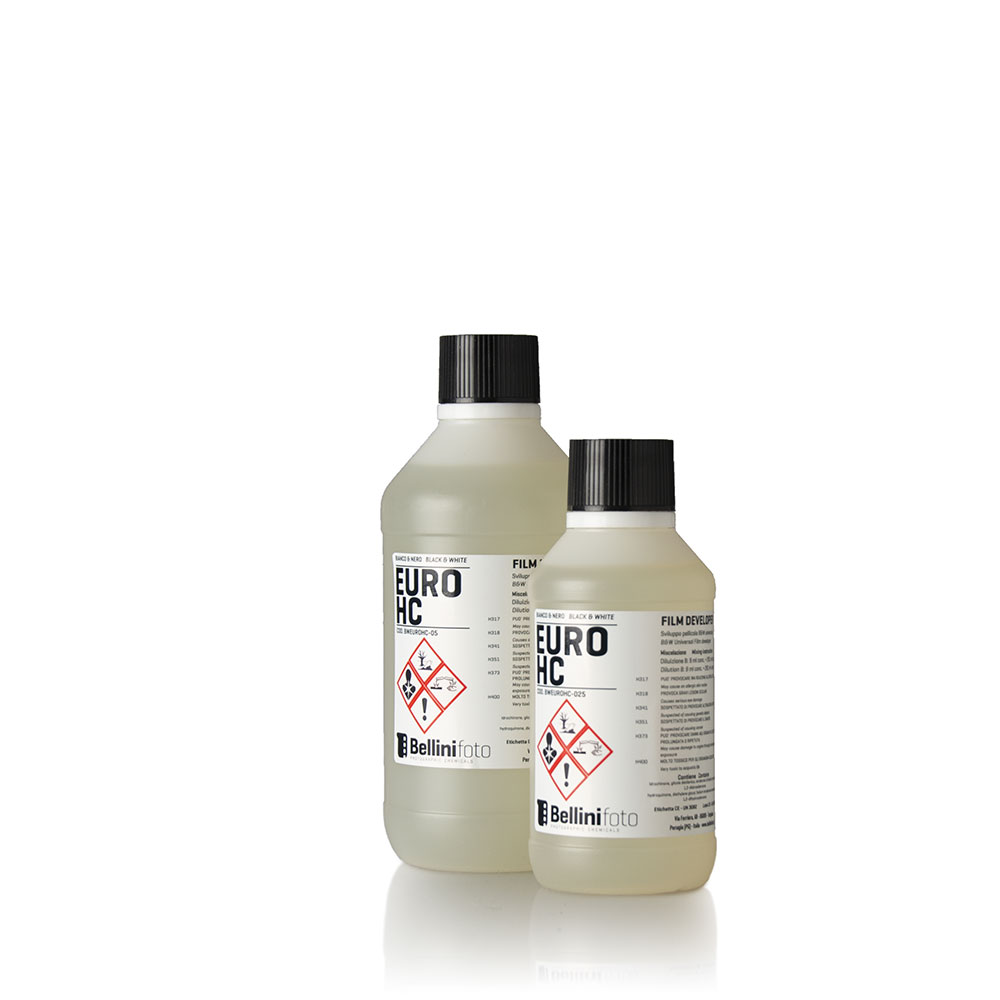According to international (EU) labelling regulations.
And thus needs no safety labels on its packaging. To my understanding this makes this developer unique within the commercial offer.
Strange enough it so far had only been hinted here once, and then it was erroneously described so that this feature did not come to ones mind.
The problem with manufacturers using the term "eco" so far is, that the developers are still harmful to health at least and thus need a respective hazard label.
The Bellini "Ecofilm" developer:

 www.bellinifoto.it
www.bellinifoto.it
Its MSDS:
Its ingredient is of aquatic toxicity, and they advise "to avoid pollution into the environment", but it does not need a respective hazard label.
To give you an idea of the labelling of a developer of the "classic" type here an example by Bellini too:
(As you see Bellini are very up front with these hazards.)

 www.bellinifoto.it
www.bellinifoto.it
And thus needs no safety labels on its packaging. To my understanding this makes this developer unique within the commercial offer.
Strange enough it so far had only been hinted here once, and then it was erroneously described so that this feature did not come to ones mind.
The problem with manufacturers using the term "eco" so far is, that the developers are still harmful to health at least and thus need a respective hazard label.
The Bellini "Ecofilm" developer:

ECOFILM Film Developer - Bellini Foto
Fine-grain, Ecological Developer without hydroquinone. Dilution 1 + 1 with water
Its MSDS:
Its ingredient is of aquatic toxicity, and they advise "to avoid pollution into the environment", but it does not need a respective hazard label.
To give you an idea of the labelling of a developer of the "classic" type here an example by Bellini too:
(As you see Bellini are very up front with these hazards.)

EURO HC Film Developer - Bellini Foto
High concentration developer with durability over time. Very fine-grain, contrast balance and high sensitivity. Dilute 1 + 31
Last edited:








